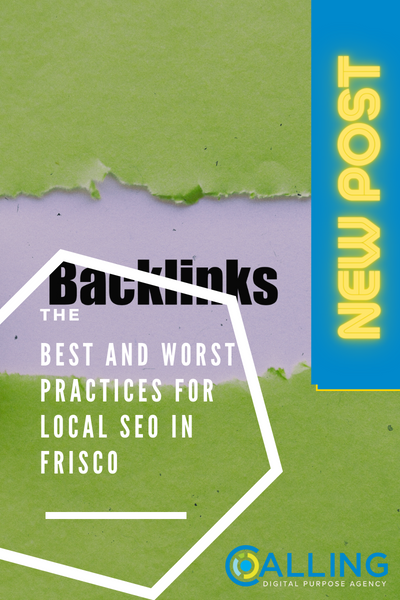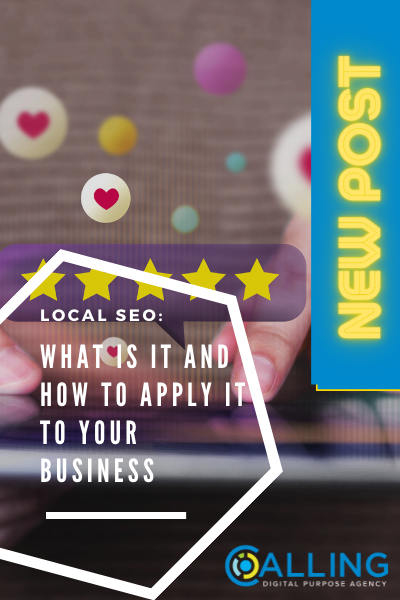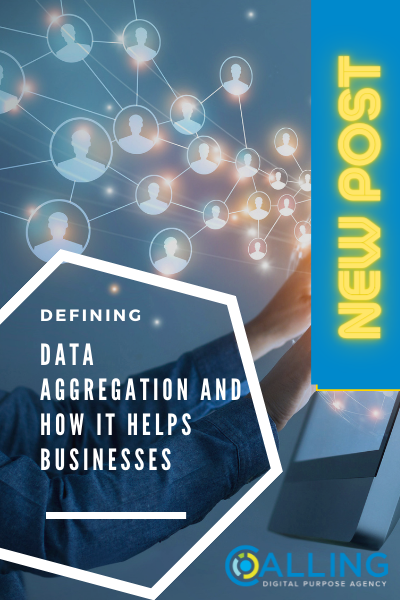Everything You Need to Know about Data Aggregation
Anyone with experience managing marketing campaigns on Facebook and Google Ads knows that it’s incredibly time-consuming to gather all of the data from each platform. There’s a better way to streamline the process and save marketers two dozen hours every week: platforms like Improvado, Adverity, and Panoply help marketers do this.
Today we're going to take a closer look at what exactly data aggregation is and how it benefits your company.
Here's what you need to know:
What is Data Aggregation?
Data aggregation is the process of collecting, organizing, and combining multiple data sources into one usable document. It’s especially useful to view various data at once instead of logging into each different platform.
For example, when you use a platform like Improvado, it allows you to pull data from each of your Google Ads and Facebook campaigns into one place.
Google Ads is a free and powerful marketing platform that allows you to create, manage, and track all of your online advertising campaigns on Google, including Facebook ads. It’s incredibly easy to set up and use.
However, Google Ads and Facebook are two very different entities. While you can easily track Facebook ads on Google Adwords, Google Ads exposes no information about your Facebook account. This means that you’ll need to log into each platform separately to pull in the segments you need.
The Benefits of Data Aggregation to Your Business
Let’s start with the most obvious: time. Data aggregation saves you a ton of time by doing the heavy lifting for you to focus on more critical tasks. One day you could be working on a social media ad that’s struggling, and the next day, you’ll be able to easily track that ad’s progress with a simple spreadsheet or report.
Additionally, data aggregation helps companies avoid the need to hire additional employees. Companies are gradually reducing their office spaces, hiring remote employees, allocating budgets to virtual assistance, or outsourcing. Businesses don’t need to hire additional employees to do the work of data aggregation when you can use platforms to do it instead.
How Does Data Aggregation Work?
Data aggregation offers a range of benefits, but how does it work exactly? It’s fairly fast and straightforward: you’ll need to run a script that automatically pulls in your data from various third-party sources, including ad platforms like Google Adwords, Facebook Ads, and everything in between.
Some platforms even pull in data from your Google Analytics, Shopify, and more to give you a complete overview of your marketing campaigns and performance. When you use data aggregation, a platform will ask you to authorize its access to Google Ads or Facebook Ads. It will then collect the data you need, assemble it onto a platform, and give you the information you want.
If you’re having trouble wrapping your head around this, let’s take a look at what the process looks like and how it works. Let’s say you have a Facebook ad for your dog food, and you want to save time by looking at your Google Analytics and Facebook conversions in one place.
To do this, you would begin by logging into Google Analytics, clicking on the “audiences” tab, and then adding in a custom segment. This process gives you the ability to target specific groups of customers for your Facebook ad.
The Bottom Line
With data aggregation, the days of logging into multiple platforms to gather your data are over. Instead, you can log into one platform, streamline your work, and save yourself a ton of time. Data aggregation makes it incredibly easy to track and monitor your Facebook, Google Ads, and other marketing campaigns.
If you’re curious about learning more about data aggregation and how to do it, we would love to help you. Calling Digital is a creative digital marketing agency located in Belton and Frisco, Texas. We provide effective marketing strategies and only the best services to all our clients. We hope to help your brand grow to its full potential with passion and innovation!












